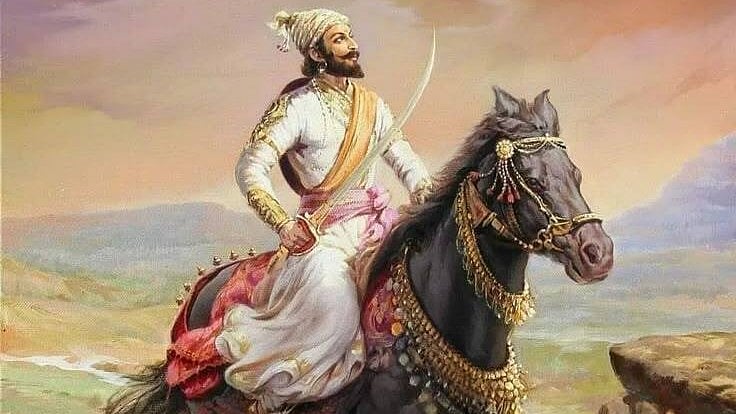What Was Chhatrapati Shivaji Maharaj's Guerrilla Warfare (Ganimi Kava) Strategy That Is Used In Military Practices Today
His innovative guerrilla warfare techniques and advanced intelligence network helped him outmaneuver powerful adversaries

Chhatrapati Shivaji Maharaj, the legendary Maratha warrior, won several decisive battles that shaped Indian history. Here are seven iconic victories that are still celebrated today |
Chhatrapati Shivaji Maharaj, the founder of the Maratha Empire, was not only a fierce warrior but also a master strategist. His innovative guerrilla warfare techniques and advanced intelligence network helped him outmaneuver powerful adversaries like the Mughals and the Adil Shahi Sultanate. These strategies, developed in the 17th century, continue to influence modern military tactics worldwide.
Guerrilla warfare: The art of swift and strategic combat
Shivaji Maharaj revolutionised warfare by implementing 'Ganimi Kava', a guerrilla strategy focused on speed, surprise, and deception. His army, trained in mountain warfare, utilised the rugged terrain of the Western Ghats to their advantage. Aurangzeb’s generals often called him “Pahadi Chuha” (Mountain Rat) because he was impossible to catch using his Gamini Kava technique. Key aspects of his guerrilla tactics included:
Hit-and-Run Attacks: Maratha forces would strike enemy camps and retreat before reinforcements arrived, minimising their own casualties.
Use of Terrain: Forts located on hilltops (such as Raigad and Pratapgad) gave Marathas a defensive edge against invading armies.
Mobile Warfare: Shivaji emphasised mobility, using light cavalry and infantry to maneuver through difficult landscapes swiftly.
Supply Chain Disruptions: Instead of engaging in prolonged battles, his forces targeted enemy supply lines, weakening their ability to sustain large campaigns.
This form of asymmetric warfare closely resembles modern-day guerrilla tactics used in insurgencies, special operations, and unconventional warfare by military forces worldwide.
A sophisticated intelligence network
A strong intelligence system was another pillar of Shivaji Maharaj’s military success. He built an extensive spy network that provided him with real-time information on enemy movements, battle plans, and political developments. His intelligence strategies included:
Local informants: Spies disguised as traders, farmers, and artisans infiltrated enemy territories and gathered crucial information.
Intercepting communications: Marathas employed messengers and covert agents to intercept and decode enemy messages.
Surprise raids based on intel: Many of his famous victories, such as the attack on Shaista Khan in 1663, were possible due to precise intelligence.
This intelligence-based warfare has strong parallels in today’s military practices. Modern counterintelligence, cyber surveillance, and reconnaissance missions heavily rely on preemptive information gathering-an approach Shivaji pioneered centuries ago.
Relevance in Modern Military Practices
Shivaji Maharaj’s strategies remain relevant today in counter terrorism, special forces operations, and intelligence warfare. Many modern armies, including India’s, employ variations of his techniques, such as:
Special forces operations: The use of quick, mobile units like MARCOS and Para SF mirrors Shivaji’s elite units.
Asymmetric warfare: Nations facing conventional military threats deploy guerrilla tactics to neutralise stronger adversaries.
Fortifications & defensive warfare: Lessons from Shivaji’s forts inspire modern defensive strategies and urban warfare planning.
Shivaji Maharaj’s military genius has left an indelible mark on warfare, proving that intelligence and strategy often outweigh sheer numbers. His legacy continues to inspire military leaders and strategists in the 21st century.
RECENT STORIES
-
-
-
-
-